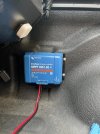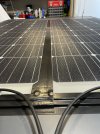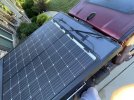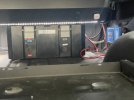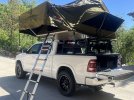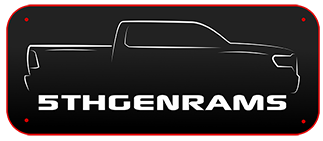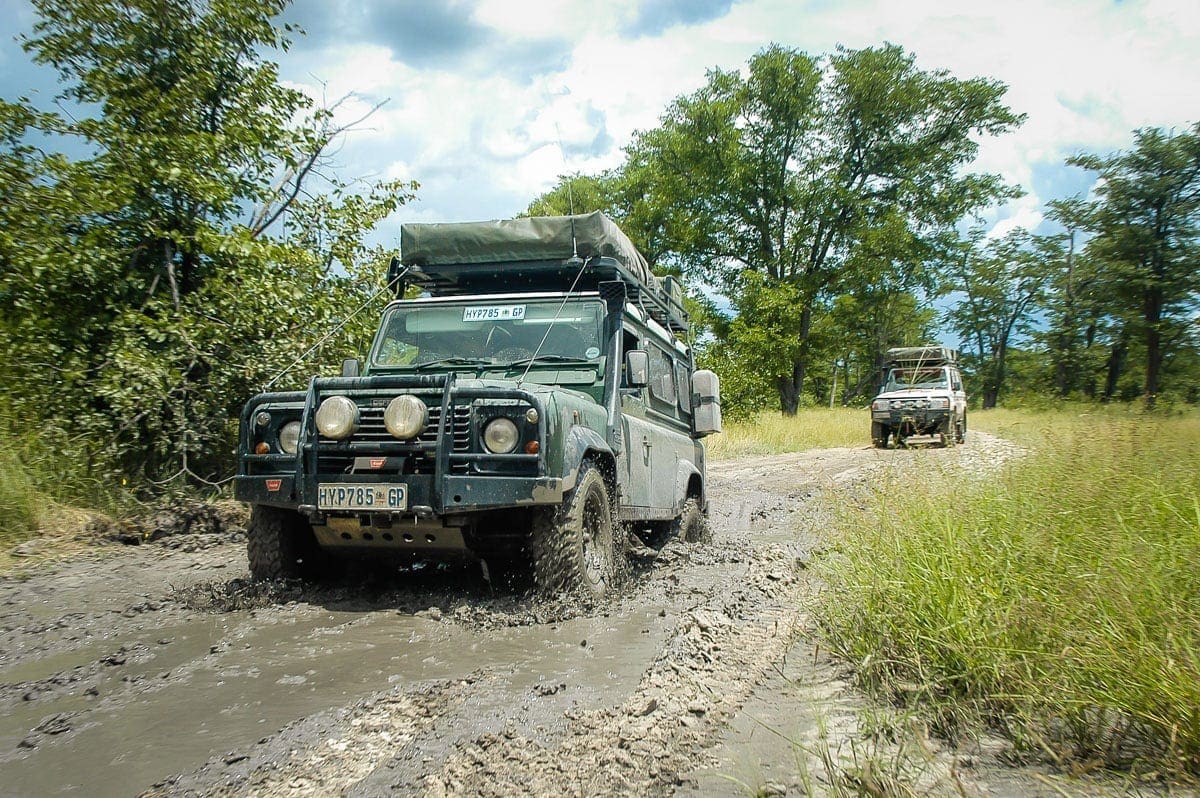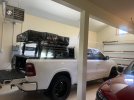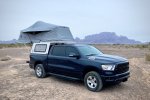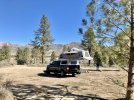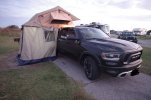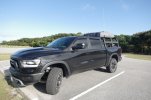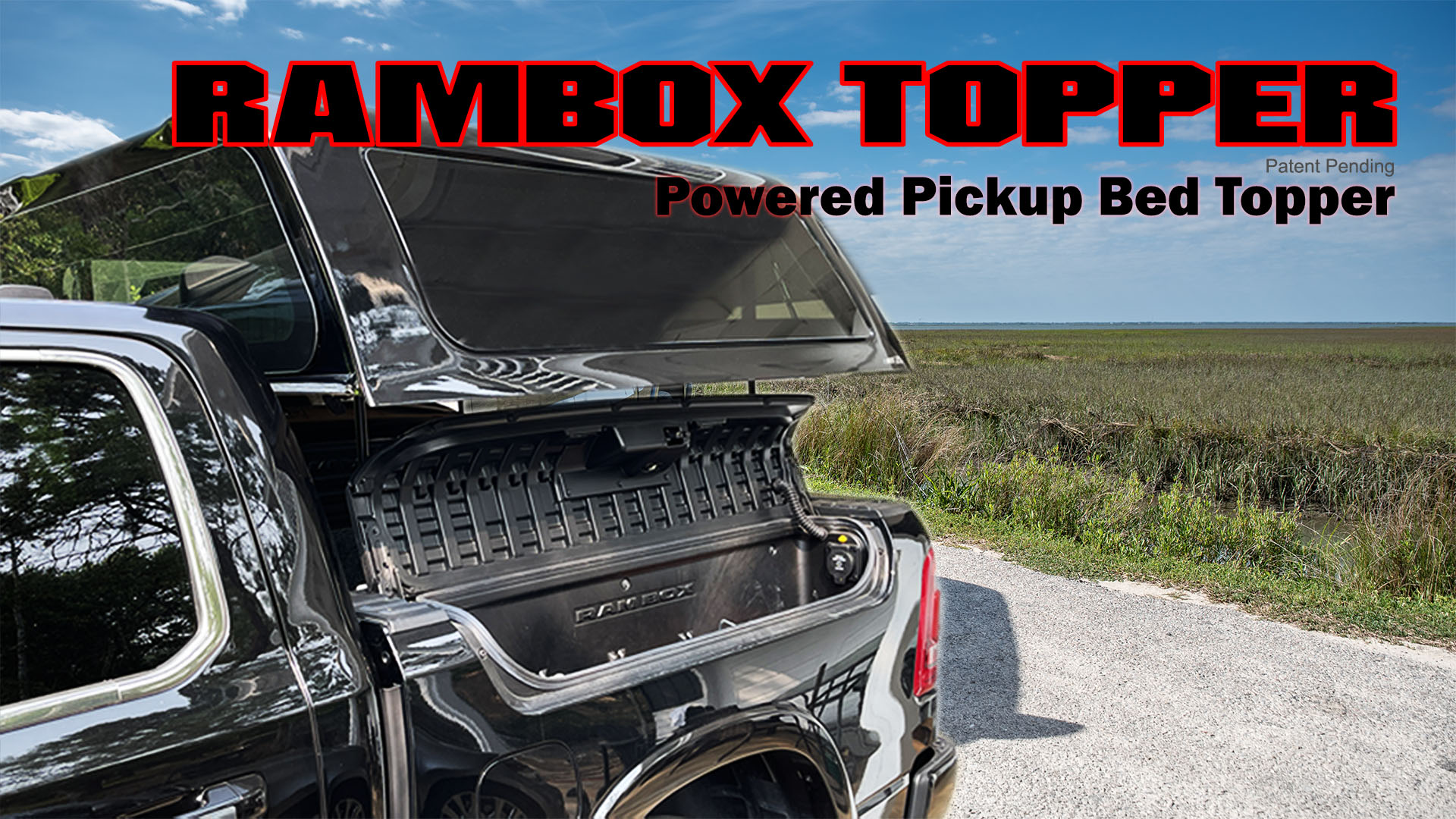I thought I wrote about my solar in detail here, but I think that must have been another forum (probably the Roofnest Facebook group).
There's quite a few pieces to putting together my system, but the key components are:
Flexible solar panels are much lighter than rigid panels, but they are more expensive on a per-watt basis, and they may not last as long. However, rigid panels will be more susceptible to damage from rocks, hail, and acorns than flexible panels. CIGS flexible panels should outlast monocrystalline flexible panels, but they are substantially more expensive.
I did try using 3 x 100W rigid solar panels on the tent. This could have worked if I replaced the struts on my Roofnest Falcon XL with something stronger. As is, the roof didn't always want to stay open with the weight of three panels. Two panels might have been fine. But, with the flexible panels, I get more power, much less weight, and a lower profile. The biggest downside is I may need to replace them after several years.
Heat reduces the life and output of solar panels, so I used corrugated plastic sheets (like used to make yard sale signs people stick in the dirt) to give an air gap between the panels and the tent. If you're using rigid panels, this isn't necessary.
I used 3M VHB tape to stick the panels to the plastic sheets, and the plastic sheets to the roof of the tent. I one time used Sikaflex (or a competing product) to join the panel to the sheet, and lost a solar panel on the highway (fortunately, no vehicles were damaged in this mishap). This could very well be my fault: Sikaflex may work fine for this, and perhaps I did a bad job applying it or used too little.
Then, I used
Gorilla All Weather Black Waterproof Duct Tape around the perimeter of the solar panels. This is not to secure them to the tent; the VHB tape does that. Rather, it's to keep water and wind (especially when driving) from getting under the panels and plastic sheets. I imagine I'll have to replace this tape every so often, but my tent is not on my truck and in the sun all the time, so it's held up well so far.
The solar charge controller is semi-permanently mounted to the bed of my truck, with rivnut inserts and stainless steel bolts. I've run 10 AWG wire through the front stake pocket hole into the bed of the truck; these connect to the charge controller. They then run to a Anderson SB50 connector, with a spring-loaded cover to keep dusty and water (mostly) out when I do not have my tent mounted and solar panels connected. I've also got wiring run through the same stake hole to supply 12V power to my tent and lights on the rack.
There's much more to be said about this, and I'll try to add more details later.
